Curly bean varieties easily climb to any height, decorate fences, arbors, arches, terraces, balconies, columns and walls of houses. The ornamental plant is perennial; it is a grassy vine. Such greens and flowers are used as a landscape element, and beans are used in cooking.
Content
Characteristics of decorative beans
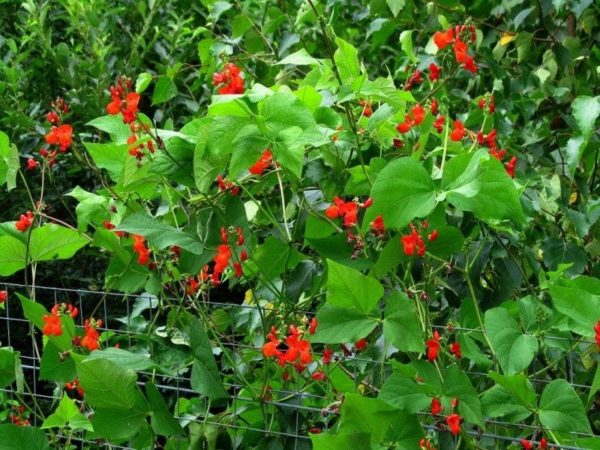
The patchlet grows quickly, sometimes it reaches over 5-6 m in height. Legumes are heat-loving plants, so they choose sunny places on the site. Beans have cirrus leaves with stipules. Flowers are in the axillary brushes, pods of the bivalve type. Beans in our country are popular curly fiery red or red blooming and purple.
Beans saturate the soil with nitrogen, so potatoes planted next to the beans will give a good harvest. Plants protect potatoes from late blight. Composts and fertilizer are made from green parts of beans, and beans are used in cooking recipes.
Benefits of Stewed Beans:
- growing fast;
- unpretentious in leaving;
- many varieties of different colors and shapes;
- blooms for a long time, while maintaining its attractiveness;
- the creation of fertilizer from plants;
- enriches the soil with nitrogen.
Is it food or just flower culture
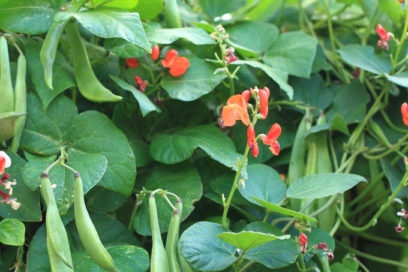
It is a food and flower culture at the same time. All beans are edible except for the purple appearance. You can eat decorative beans; it contains zinc, magnesium, iron, chromium, calcium, proteins, fiber, carbohydrates, and vitamins. In 100 g of product 26 kcal.
Curly beans there are 2 types: cereal and asparagus. The peeling pod has an inner parchment layer, it is located between the beans. Pods grow tough, they do not eat.
Sugar beans have soft and tender shoulder blades that are eaten immature. The pods are juicy, crispy, sweet. The ripened fruits are planted in beans, and various dishes are prepared from them. Seeds are inferior in size to grain varieties.
Popular varieties of garden beans
Purple seeds are only raw. After heat treatment, the violet color changes to green. In addition to grain and sugar species, there are varieties of semi-sugar beans. At a young age, it is used as asparagus bean, and when ripened, it is used as shelling species.
The best varieties of curly beans
| Grade name | Ripening days | Characteristics | Pods |
| Blue Bean Beans | 92-109, late ripening | Beans, curly, purple, long flowering, 4 m tall vine | The length of the blades is 15-25 cm, purple, after heat treatment turn green, the seeds are large |
| Fiery whirlwind | 60-70, medium early grade | Height 3 m, many ternate leaves, red and white flowers, like a shadow | Blades are green, long |
|
Beans Grain Violet |
65-75 | Shelling, height 1.8-2.6 m, pale purple flowers, grains purple, afraid of colds | Pink and purple pods up to 20 cm long |
| Beans Winner | 80-90 | Does not tolerate frosts, length 2-3 m, flowers are small, blooms June-September, type semi-sweet | Long wide pods up to 30 cm green, contain 4-10 purple seeds |
| Haricot Purple Queen | 51-56, medium early variety | Purple flowers, plant length 1.6 m, white grains, abundant fruiting | Pods are tubular, 13-18 cm long, dark purple |
| White Spanish Beans | 65-80 | 3-4 m tall, white flowers, the largest beans among the shelling varieties, the fruits are white. | Pods are green, thick, not edible, 3-4 fruits in one scapula, 13 cm long. |
| Beans Green Giant | 55-60 | Curly asparagus beans, high-yielding variety, plant length 3-4 m | Bright green pods 20-22 cm long, 2.5 cm wide. |
| Beans Borlotto | 54-63 | Italian variety, liana 3-3.5 m, scarlet flowers, have a nutty flavor | On green pods a red marble pattern, length up to 14 cm, in a pod 4-5 seeds |
| Beans grade Vigna | 100-125 | Harvested species 1.5-4 m tall, from one bush up to 3 kg of fruit, yellow-brown flowers in the daytime, and purple at night | Pods 1 m long bright green |
| Beans Golden Nectar Curly | 65-70 | Plant height 3-4 m, asparagus species, young pods are used for dishes | Golden yellow shoulder blades up to 25 cm long |
| Dolichos | 80-90 | Hyacinth beans are eaten, used as siderates, feed livestock, height 4 m, foliage of different colors, pink, white, raspberry flowers | Pods purple 5-6 cm, burgundy, purple with 2-4 black grains |
Sowing decorative beans for seedlings
Seedling method is needed for varieties with late ripening. For growing beans with a growing period of 120 days, it will take all summer, maybe the fruits will not ripen before frost, and flowering will begin in August. To speed up the process of bean ripening, beans are planted through seedlings.
The method is not simple, since garden culture does not like transplants. To do this, the seeds are planted immediately in peat glasses, so as not to disturb the roots, but transfer the plant to the ground with a pot. In the room seedlings are about a month. Sowing begins in early April, planting dates depend on the region of growth and the growing season of the variety. In the southern regions, grain is planted for seedlings in March, and in the northern part of the country at the end of April.
Sowing Rules:
- large, undamaged fruits with no signs of mold are selected;
- soak the grains in water on the fabric for 12-24 hours before swelling;
- for 30 minutes the seeds are lowered into a manganese solution;
- soil mixture is poured into individual peat pots - turf and sand 2: 1, 150 g of ash are added to the bucket of the mixture;
- water the soil;
- bury the seeds 2 cm into the ground, 2 grains in one pot (if both sprout, transplant into another container);
- the temperature in the room is 18-21 degrees before the germination of beans;
- after the appearance of sprouts for 4 days, reduce the temperature to 16 degrees;
- the bushes do not cut, do not pinch, do not feed the first month, only watered as the earth dries.
Planting seedlings in the garden
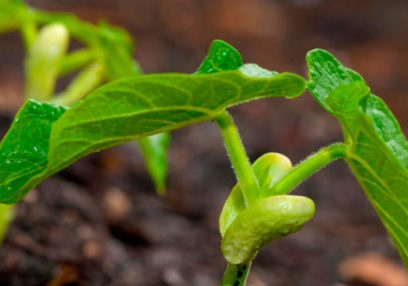
After a month, when 2-4 leaves appear, the seedlings are transferred to the garden. Before planting for 5 days, the bushes are left for 2 hours in the fresh air for hardening, accustoming to the external environment.
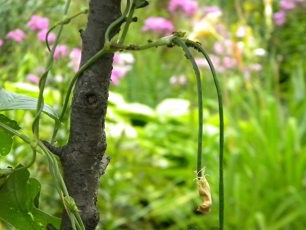 You may be interested in:
You may be interested in:You need to prepare the beds in advance. In about a month, as it gets warmer, humus or compost, but not fresh manure, is brought into the ground. Beans do not like clay soil. Sand, turf soil, and nutrients are added to such a soil. You can replenish the earth with mineral additives. Phosphorus and potassium will be required, nitrogen is optional, if flowering is plentiful. If you need to increase the green mass, then nitrogen will come in handy.
The scheme of planting seedlings:
- along the fence or wall, dig holes at a distance of 25-40 cm, between the rows (if any), a gap of 50 cm;
- establish supports;
- the holes are made to the size of the pot, bury seedlings without deepening;
- poured with warm water 30-40 * C;
- mulch the soil with straw, dry grass, sawdust.
Planting a decorative hairpin
Decorative legumes with early and medium early ripening seeds are planted in open soil. Growing beans begins with the onset of warm weather.
Landing time
The sowing season begins with the warming of the soil and the onset of sustainable heat.Cold nights will inhibit plant growth and development. Grains begin to germinate at an earth temperature of more than 10 degrees, if the night temperature drops to 1 degree, then the seeds may not rise at all.
In the central regions, grain is sown in mid-May, in the north - in early June, and in the south of the country, planting is carried out in April, after the 15th. The optimal temperature for beans is considered to be 19-24 degrees.
Beans decorative curly planting and care
Landing requires warm, light, loose earth, preferably without clay. If groundwater is located close to the surface of the earth, then make an elevated bed. Planting immediately in the ground does not require transplantation of fragile seedlings, which may be damaged, broken or not adapted to the external environment when moving.
Seed planting sequence:
- soak the grains for a day in warm water;
- transfer seeds to manganese solution for 25 min;
- lay the fruits on a towel to dry;
- make indentations of 1.5 cm in the ground at a distance of 30 cm, between rows of 40-50 cm, watered;
- put 2 grains in one hole;
- covered with a layer of earth, watered;
- mulch the earth with straw, sawdust, dry grass.
Soil temperature should be at least 13-14 degrees. A support is placed next to each hole, a fishing line and a rope are pulled so that the liana does not spread along the ground, but beautifully braids the support.
Decorative Bean Care
It is easy to care for beans. Seedlings need warm weather, at least 18 degrees. If the nights are cold, then the seedlings are covered with a film. An adult plant is not afraid of small temperature differences, it calmly tolerates cooling 5-6 degrees lower.
How to water beans
Beans are watered with heated, settled water. You can draw water into the tank and leave it to warm in the sun, and in the evening, pour water from the watering can under the root with this water or pour liquid between the rows. Do not water from a bucket, and spray liquid on foliage.
In the heat, watering is increased to 2-3 times a week. Frequent watering will cause fungal diseases. In rainy times, hydration is not required. It is better to water the plants as the soil dries.
Top dressing
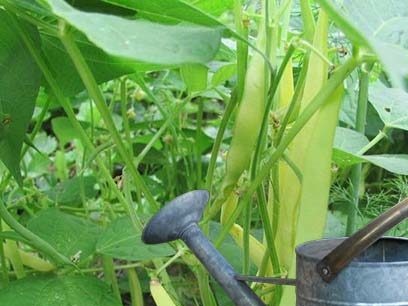
After planting, when 3 leaves appeared, superphosphate is added - 20 g per 1 sq. Km. m. and 1 g of urea. When forming the buds add potassium - 15 g per square plot. Liquid fertilizers are poured carefully so that the liquid does not get on the green parts of the plant. You can scatter dry fertilizers around the bushes, they are absorbed into the ground after watering.
Before top dressing, bushes are watered, top dressing is done at the same time as watering. All preparations are diluted in accordance with the instructions. Nitrogen fertilizers will be needed if beans are not grown for the sake of flowers and grains, but for lush green foliage. Do not forget about weeding, between the rows weed 2 times a month.
Garter
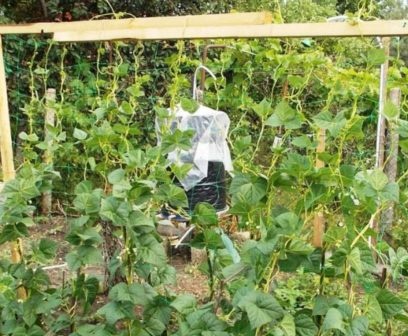
The support for the legumes should be strong and not break from the weight of the stems. The length of the garter depends on the variety of beans, there are hybrids of 1 m in height and curly varieties of more than 4 m in length. You can apply wire, rope, mesh. Pillars with a height of 1.5-2 m are installed. If the plants curl along a wooden lattice fence or along a gazebo, the structure itself will serve as a support. If there are not enough supports in the gazebo, then they do additional tying.
Do not use metal or plastic poles. The stems will slide on the surface, will not be able to catch and climb on this material.
After harvesting, the greens will stand until the frost. The pods are collected, dried, and grains are taken out.After drying, they are transferred to paper bags for storage in a dry place all winter. Decorative species of beans propagated by seed and seedlings.
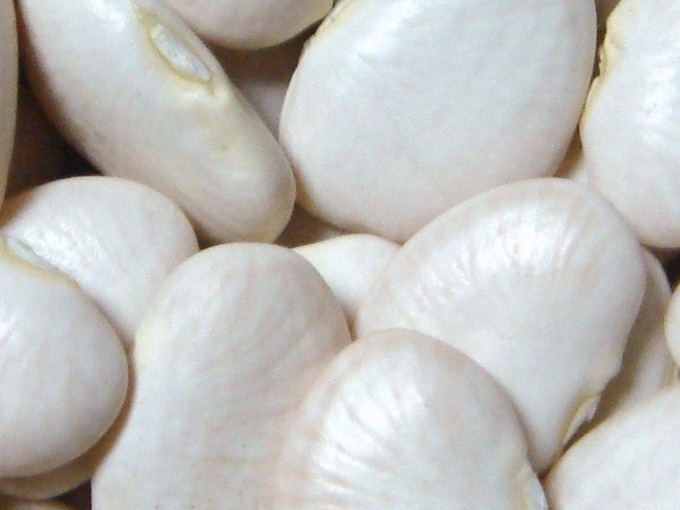 You may be interested in:
You may be interested in:In a short time, you can cheaply transform a boring area or cover defects on the fence with climbing vines. The plant grows rapidly (especially early varieties), it turns out a real flowering garden on the site. In the spring, sowing grain, in the summer you can enjoy incredibly beautiful flowering. And beans make tasty and healthy dishes.

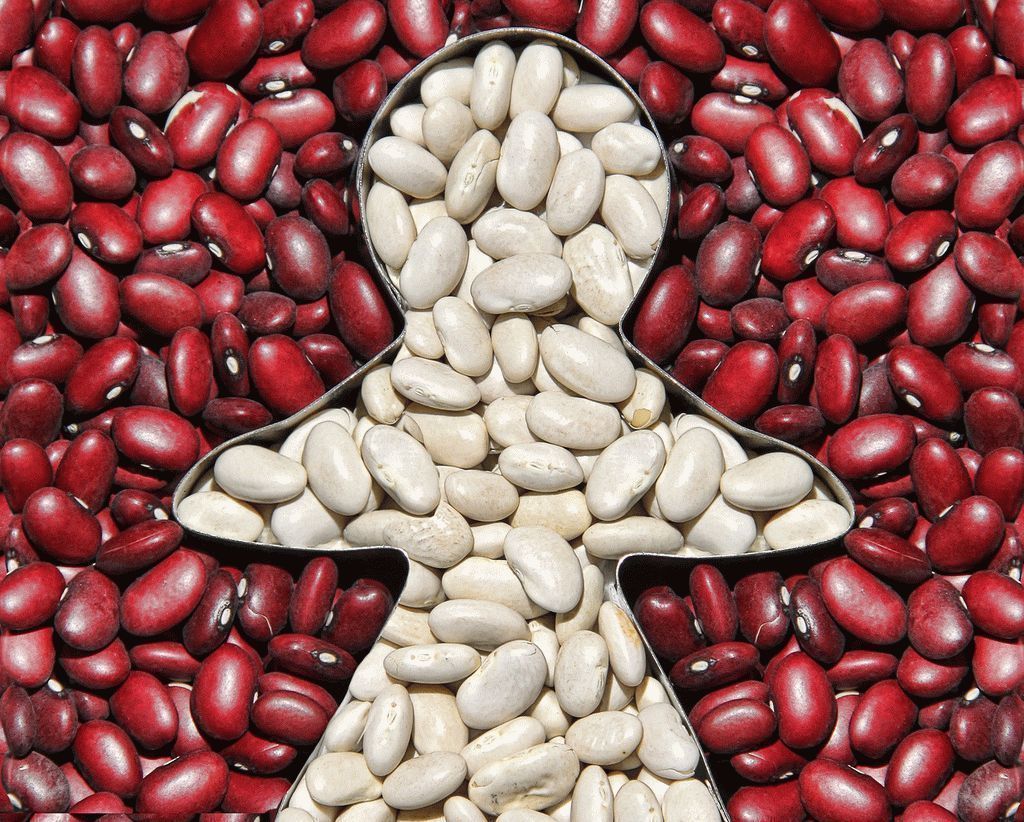
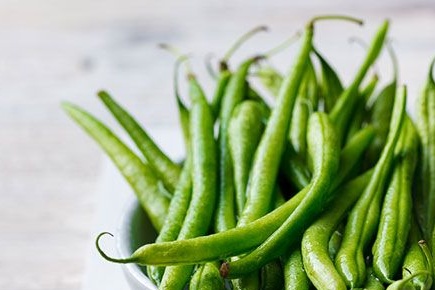
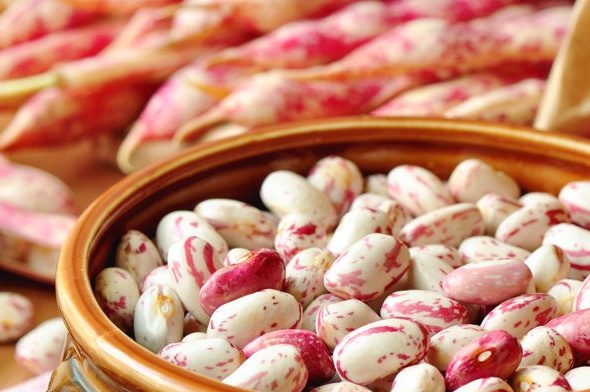
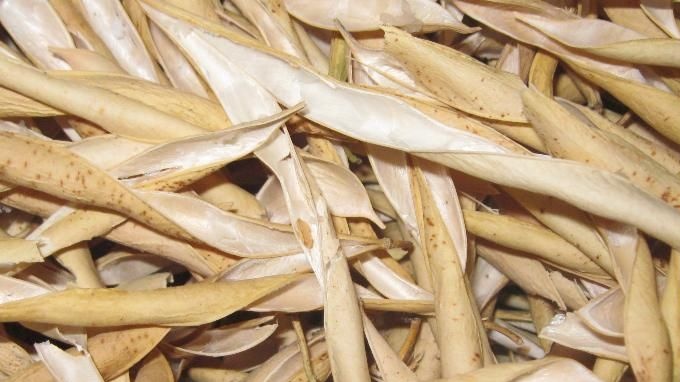 Bean flaps: useful properties, contraindications, benefits and harms
Bean flaps: useful properties, contraindications, benefits and harms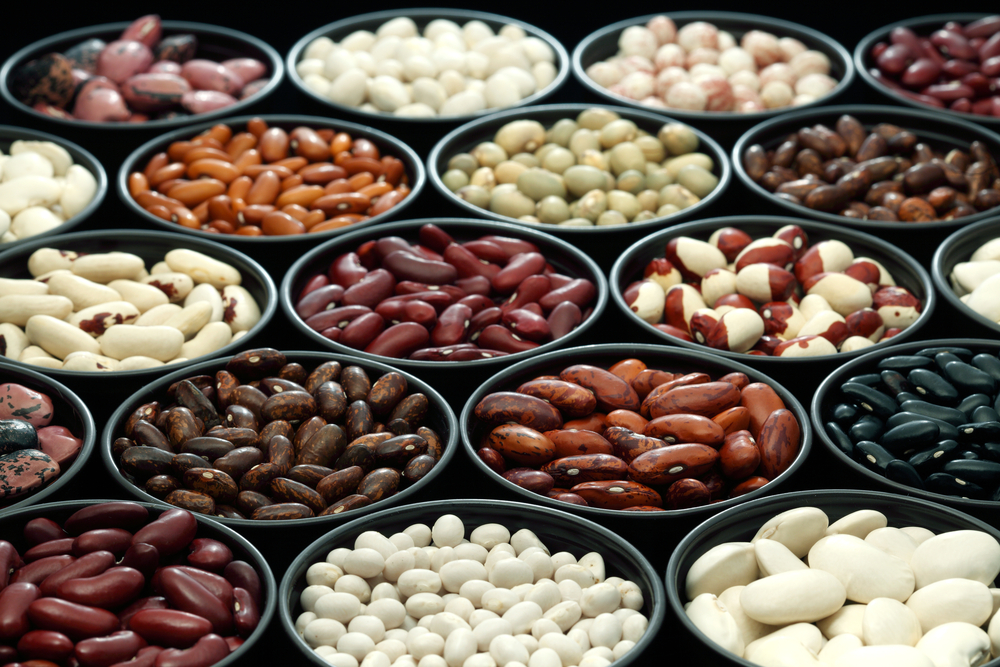 Beans for the body: composition, benefits, contraindications
Beans for the body: composition, benefits, contraindications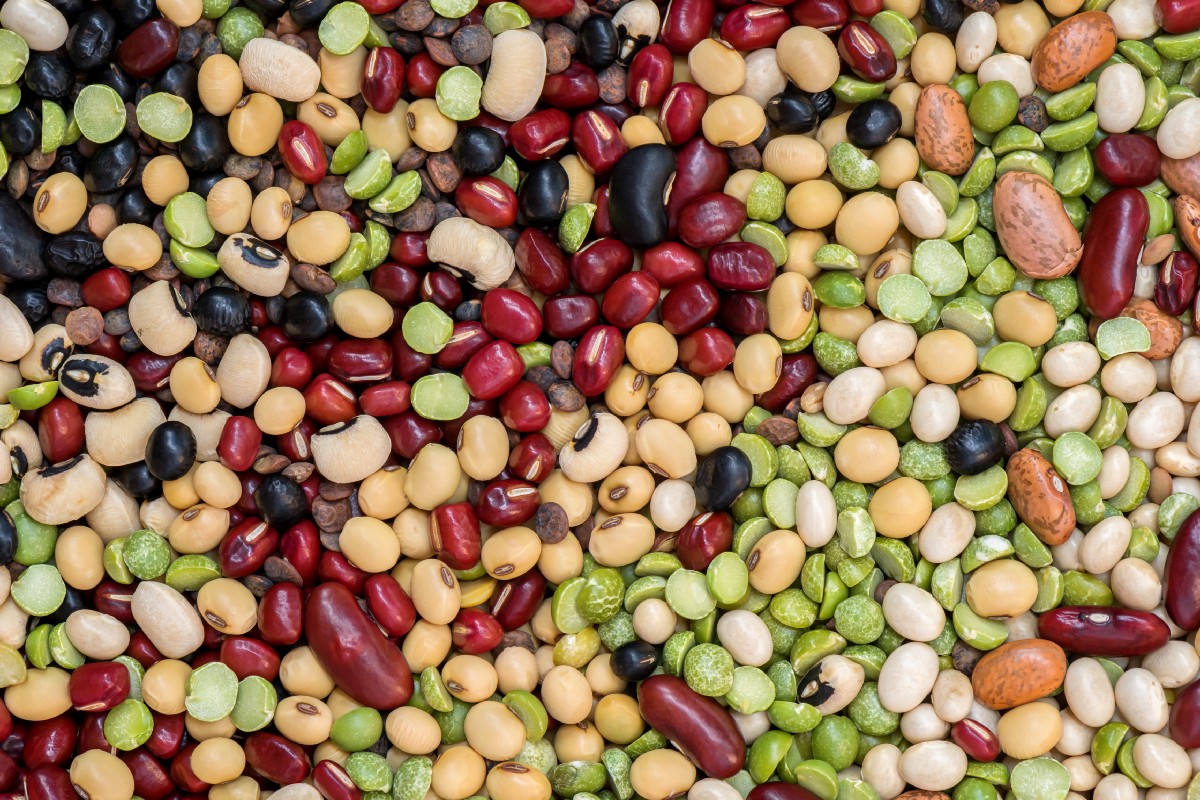 Types and varieties of beans: their name, description and photo
Types and varieties of beans: their name, description and photo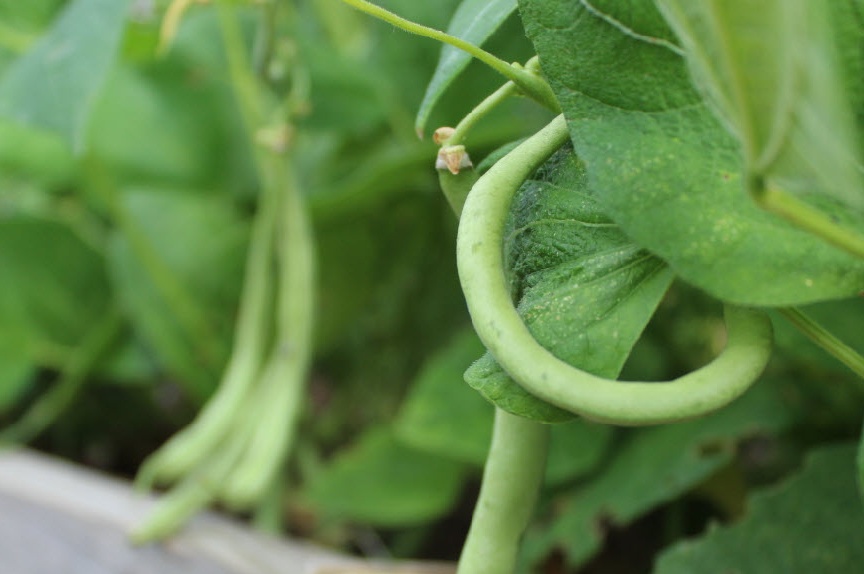 Description and photos of popular varieties of asparagus beans
Description and photos of popular varieties of asparagus beans